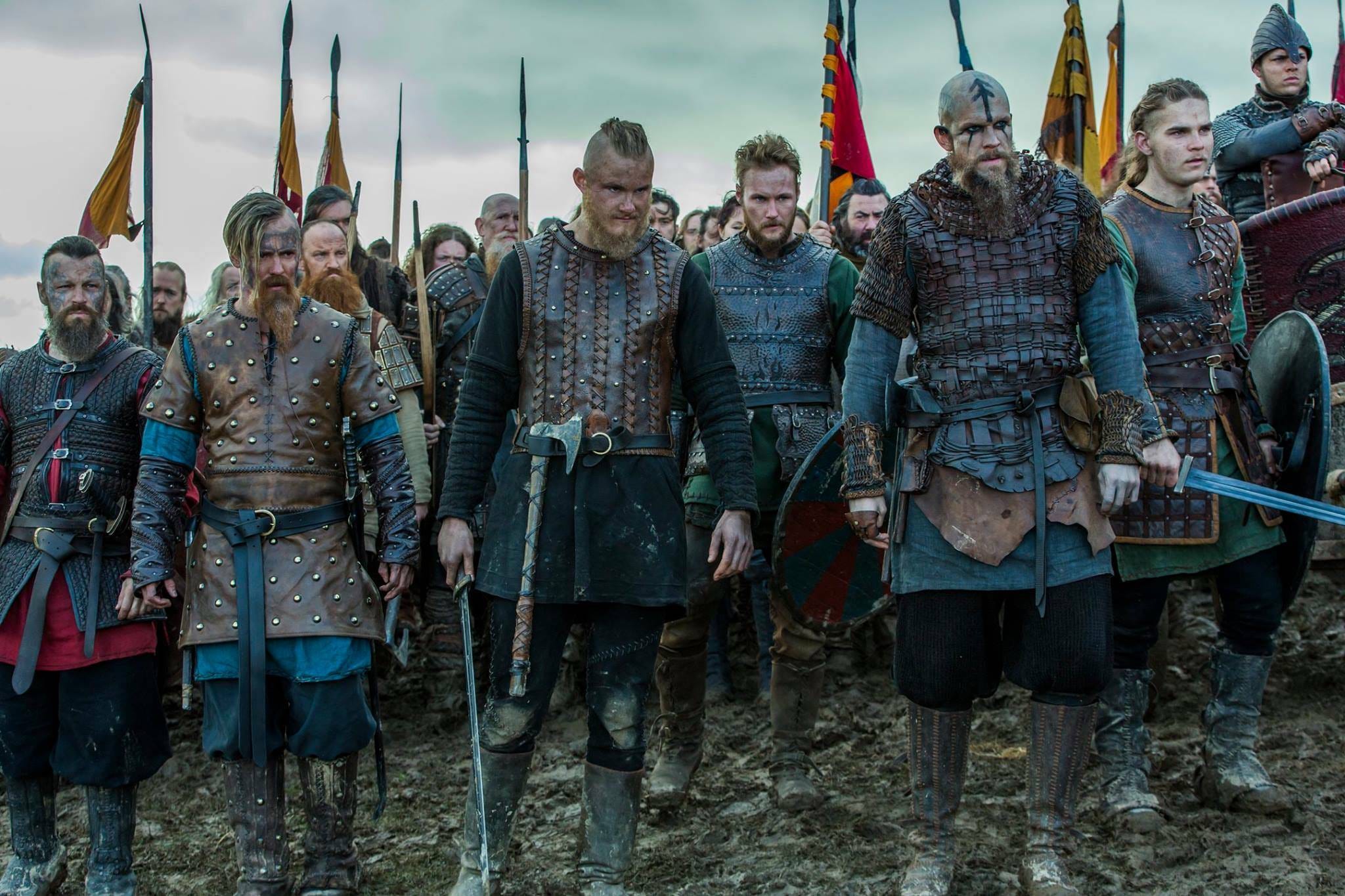Sport
When Did Vikings Wear Horned Helmets?
When it comes to the iconic image of Vikings, one of the most recognizable symbols is the horned helmet. However, the truth is quite different. Vikings did not actually wear helmets with horns during the period when they were actively operating in Scandinavia.
The Misconception

The image of Vikings wearing horned helmets originated in the 19th century when Scandinavian artists, such as Gustav Malmström, depicted Viking warriors in this distinctive style. In reality, there is very little archaeological evidence to support the existence of these types of helmets. The few examples that have been found actually date back to the Bronze Age, long before the Viking era.
The Origins of the Myth

This misconception can be traced back to the ways in which Viking culture and history have been portrayed in popular culture. The brave and savage qualities of Vikings have been heavily emphasized in literature and art, which has led to a distorted view of them as fierce, horned warriors. The influence of works like Wagner’s opera “Der Ring des Nibelungen” has also contributed to reinforcing this image.
The Reality of Viking Helmets

When examining historical artifacts, we find that Vikings typically wore simple metal helmets, without any ornate decorations or horns. These helmets were designed for practical purposes, such as protection in battle, rather than for intimidation or theatrical effect.
The Roots of the Misunderstanding

The reasons behind this persistent misconception are varied and complex. It reflects the human tendency to embellish and create powerful images, both of ourselves and of historical figures. The desire to present Vikings as fearsome, larger-than-life characters may have played a role in the widespread adoption of the horned helmet trope.
The Influence of Popular Culture
Over time, the image of the horned Viking helmet has become deeply ingrained in our collective consciousness, thanks in part to its widespread depiction in media such as movies, TV shows, and video games. This continuous reinforcement has cemented the horned helmet as a cultural icon, even if it does not accurately represent the historical reality.
The Challenge of Separating Fact from Fiction
As we grapple with distinguishing fact from fiction in our understanding of the past, the case of the Viking helmet serves as a prime example. The line between historical accuracy and creative interpretation can sometimes blur, leading to the perpetuation of myths and misconceptions.
Reconsidering the Significance of the Horned Helmet

While the idea of Vikings wearing horned helmets may not be grounded in historical evidence, it raises interesting questions about the role of human imagination and the construction of cultural narratives. Perhaps the enduring popularity of this image reflects a deeper need to create powerful, memorable symbols that capture the essence of a historical figure or group.
The Symbolic Power of the Horned Helmet
The horned helmet may have become more than just a factual representation of Vikings; it has evolved into a cultural symbol that embodies the perceived qualities of these Scandinavian warriors. The horns, with their associations of strength and ferocity, have become a visual shorthand for the Viking identity.
The Interplay of Fact and Fiction
As we delve deeper into the history and legacy of the Vikings, we must confront the complex interplay between historical realities and the creative interpretations that have shaped our understanding. The case of the horned helmet serves as a reminder of the importance of critically examining our assumptions and exploring the nuances of the past.
Best vikings winter warrior Clothing
The myth of Vikings wearing horned helmets is a compelling example of how our perceptions of the past can be shaped by cultural narratives and artistic representations. While the historical evidence does not support the existence of these distinctive helmets, the image has become a widely recognized symbol of Viking identity. As we continue to explore and understand the true nature of Viking culture and history, it is important to maintain a critical eye and distinguish fact from fiction, while also recognizing the enduring power of symbolic imagery in shaping our collective memory.





















